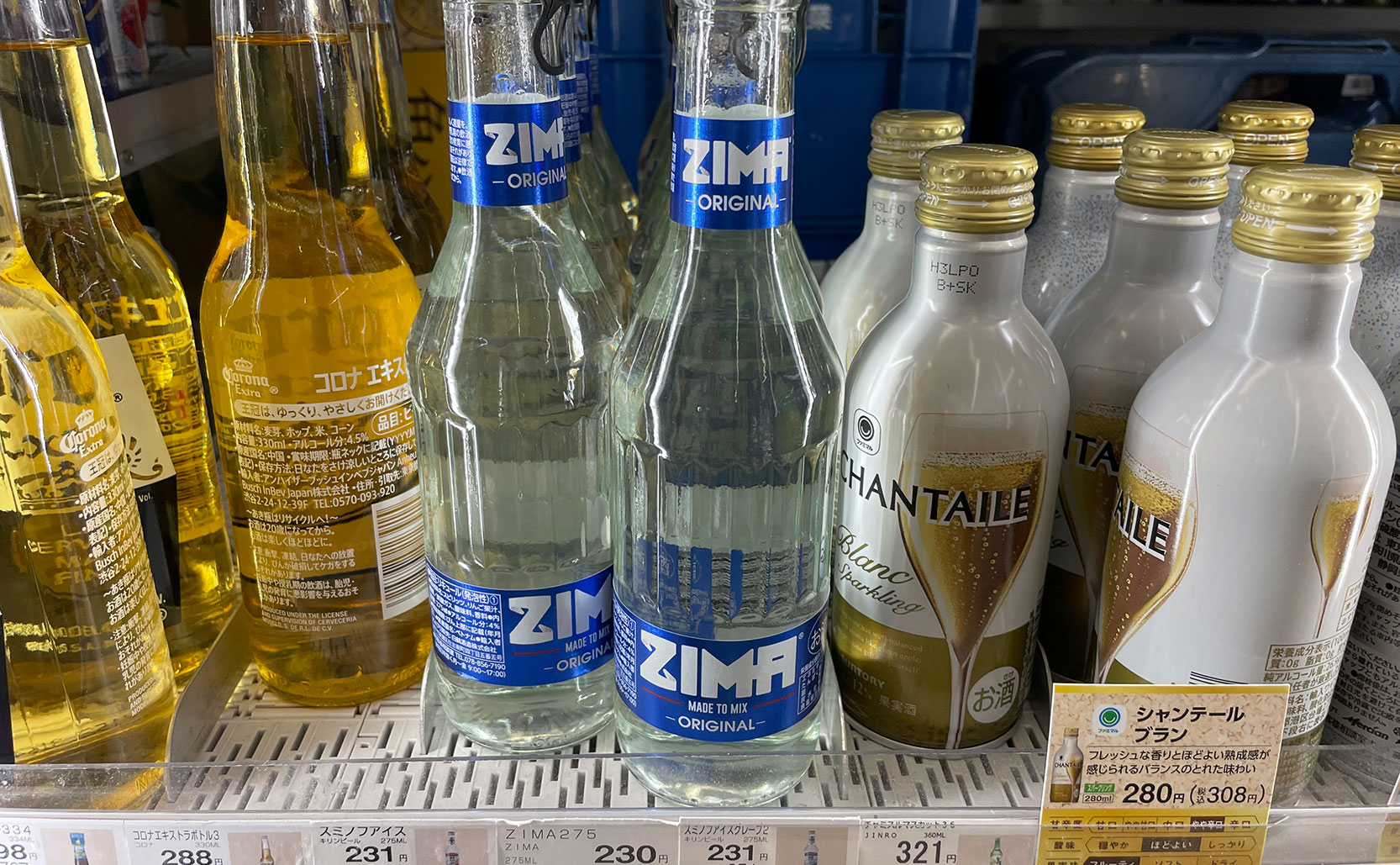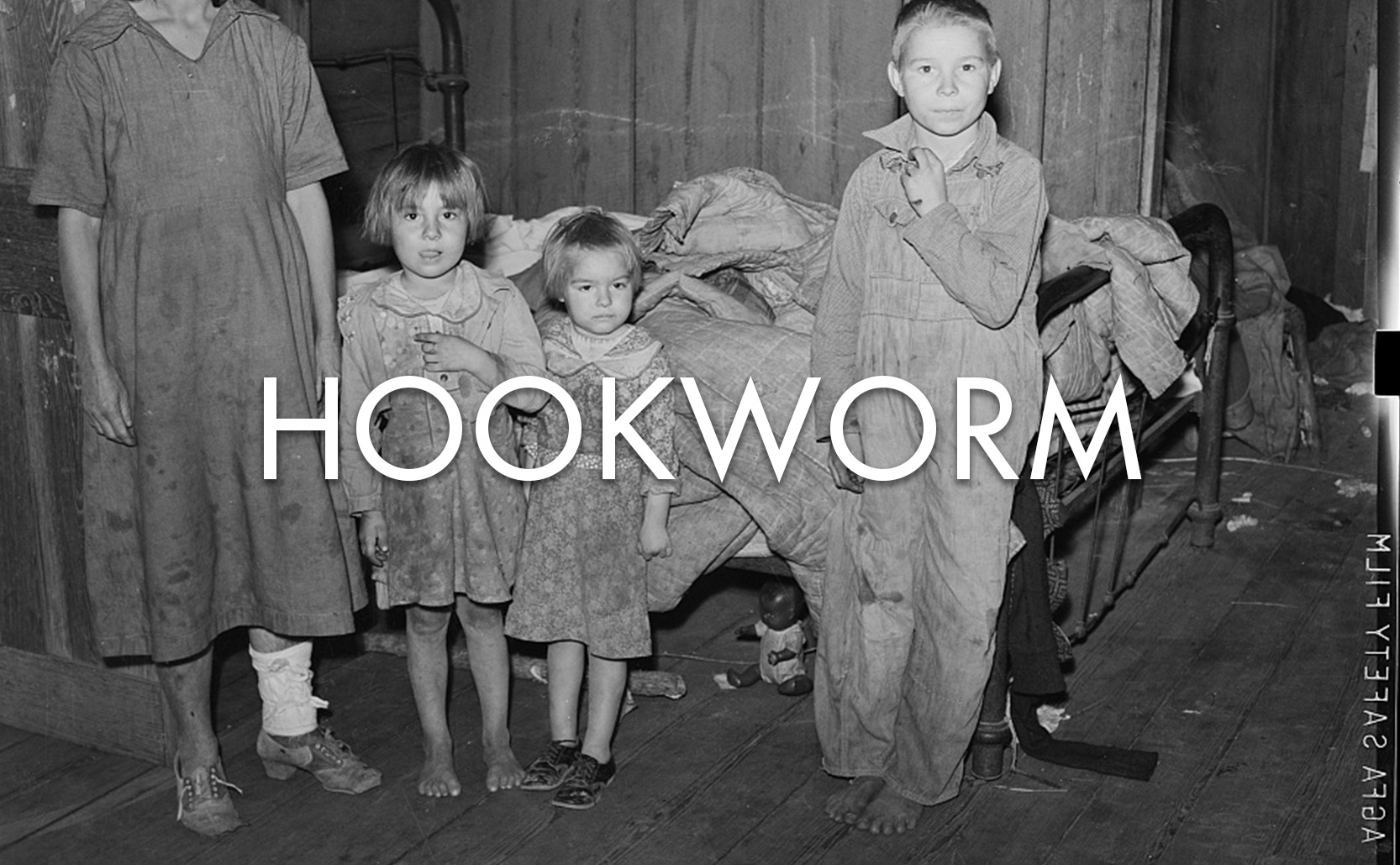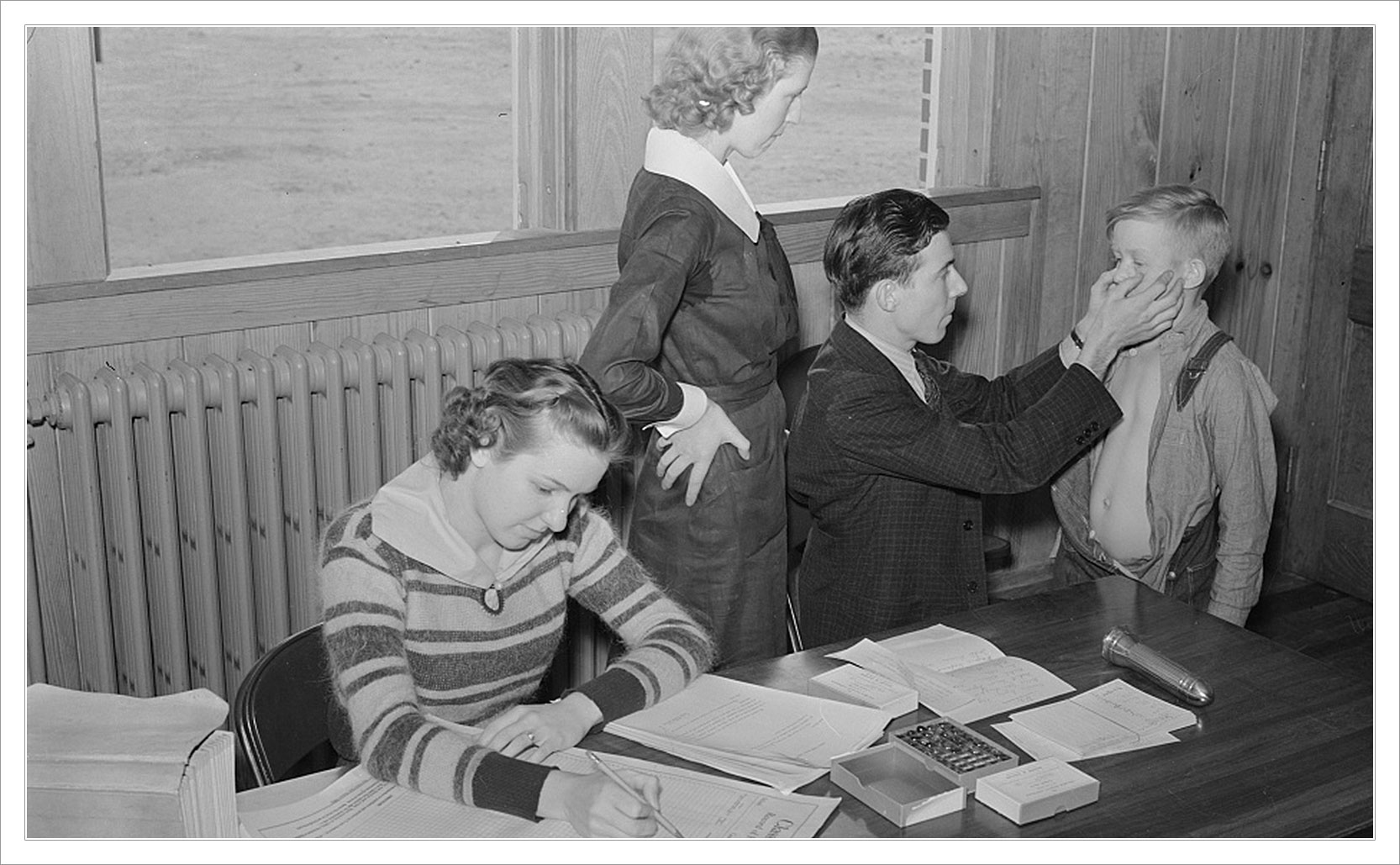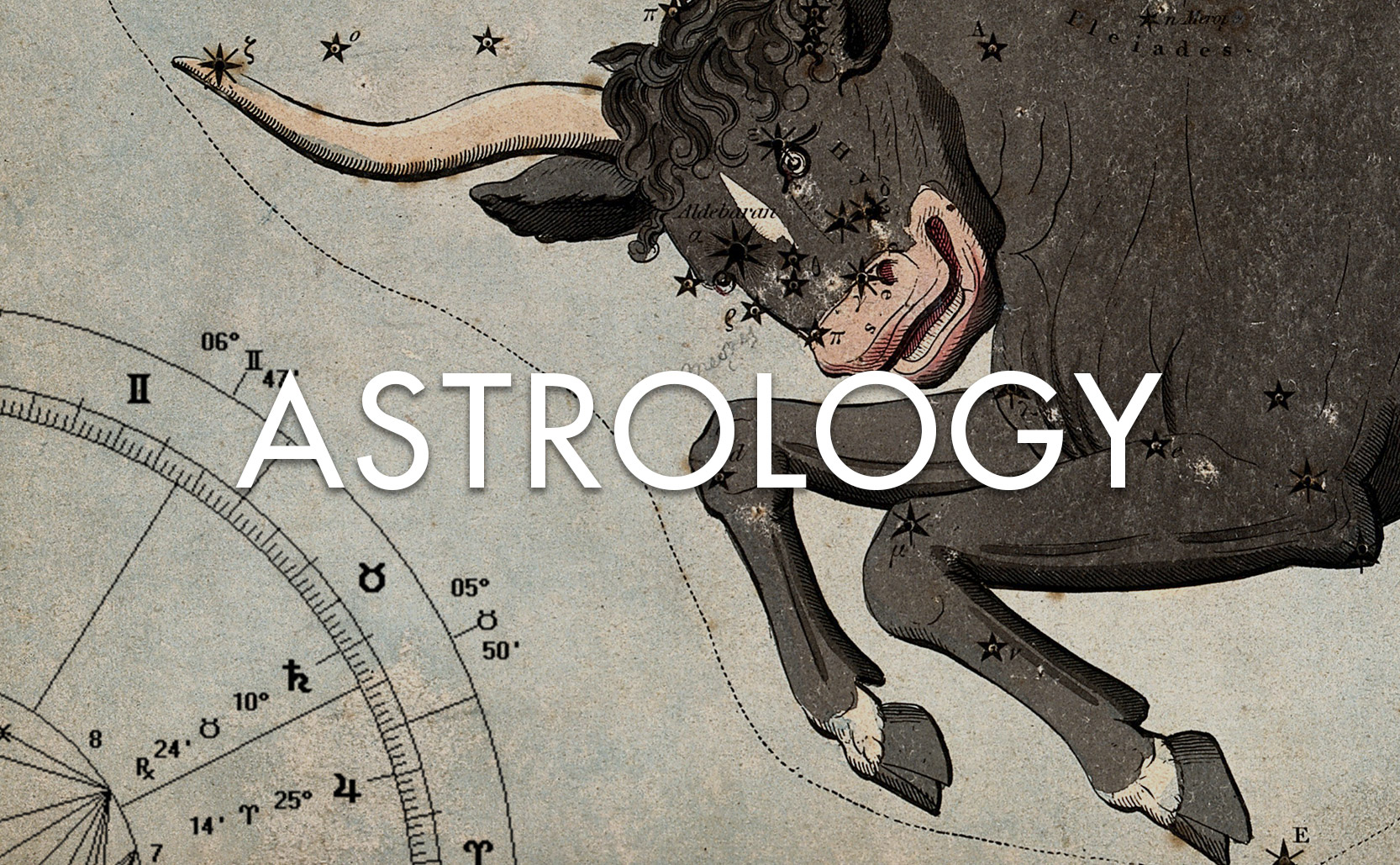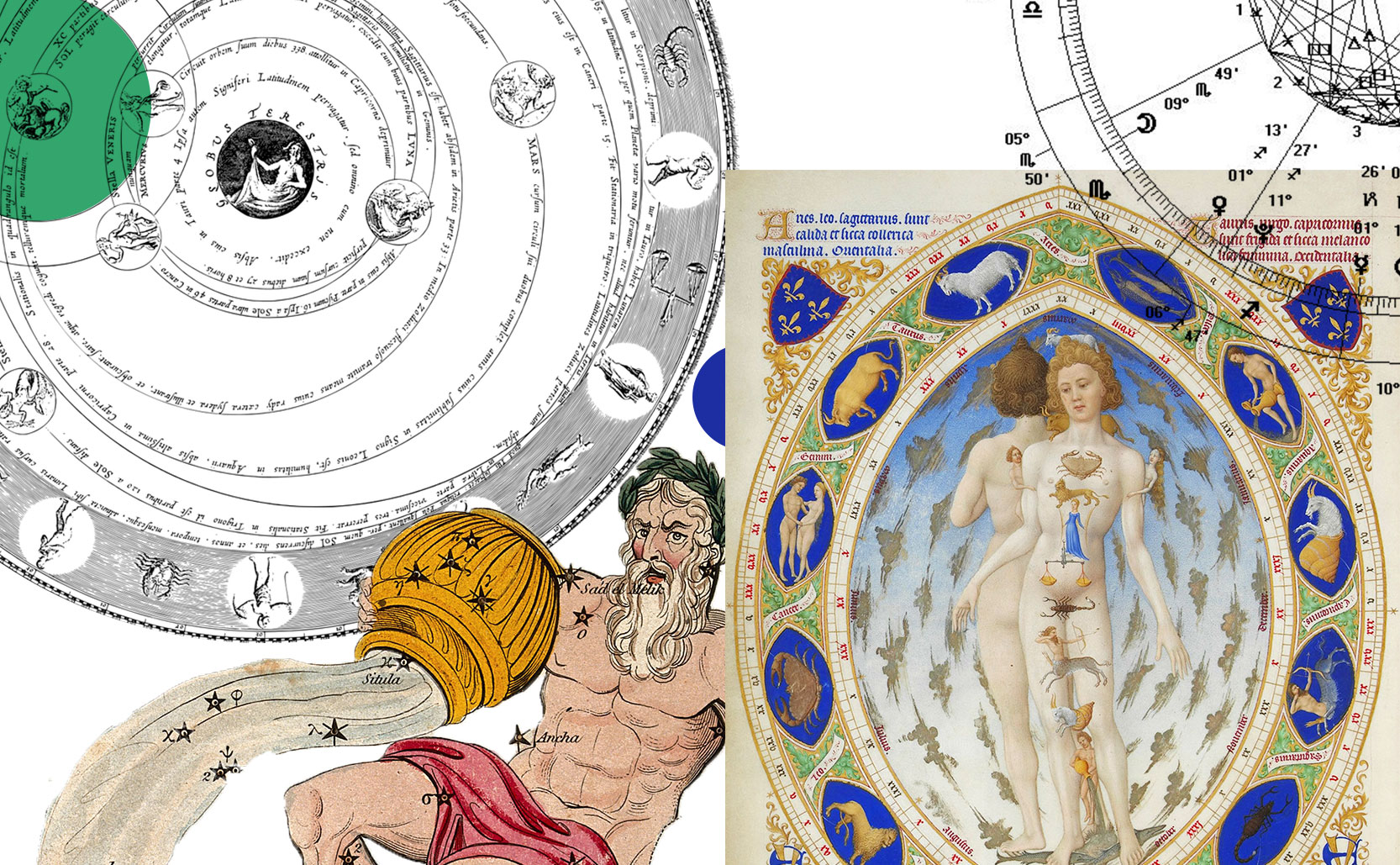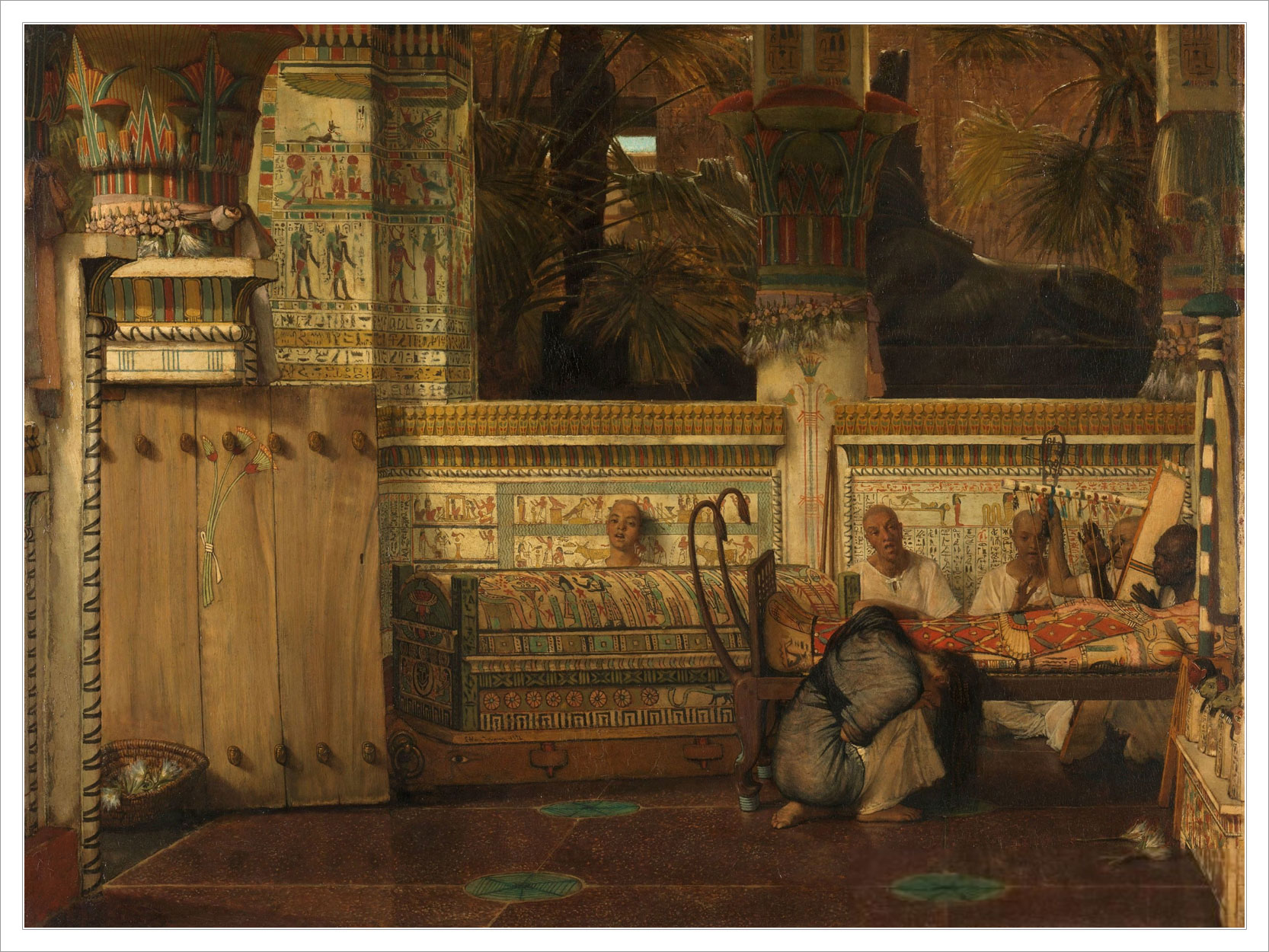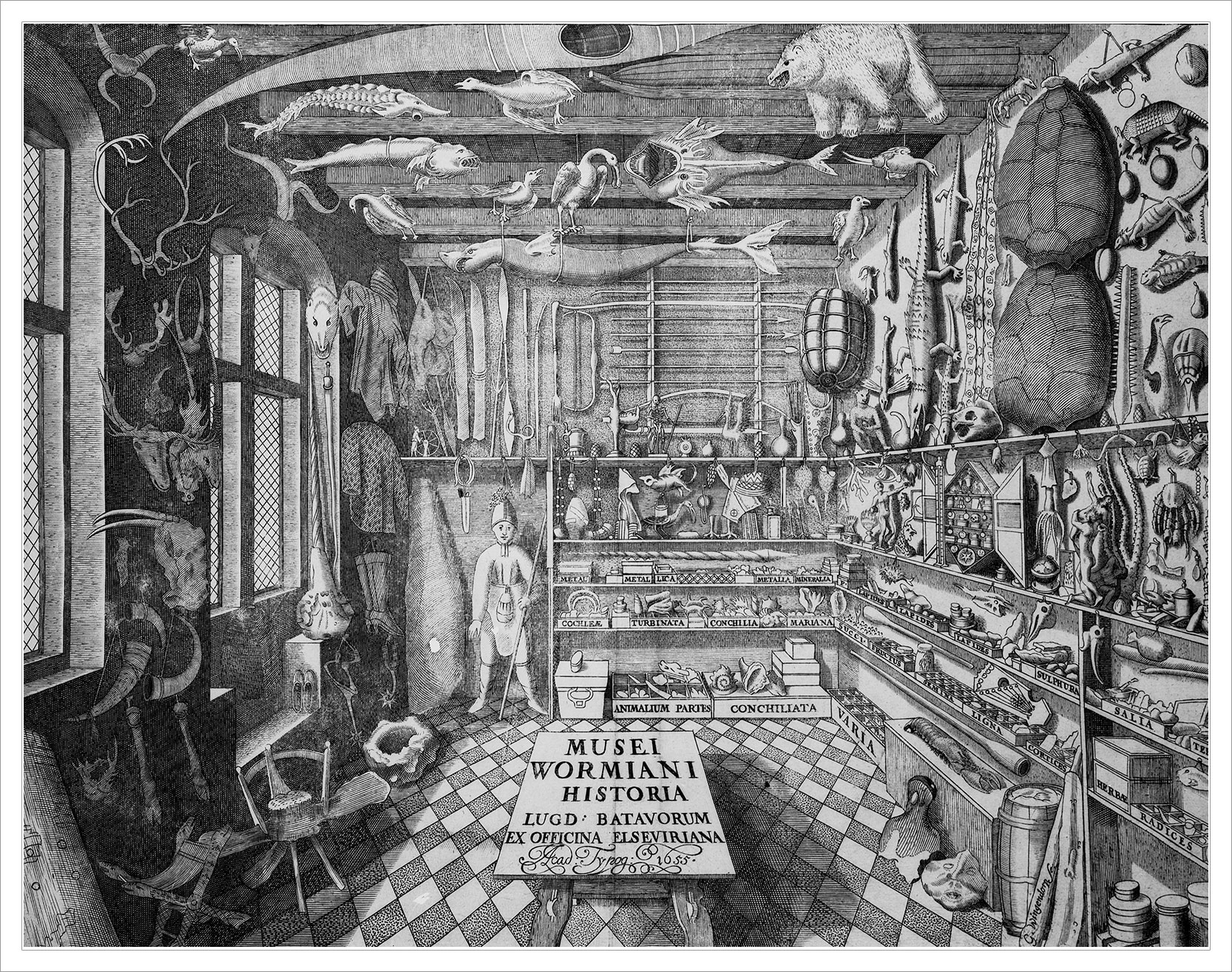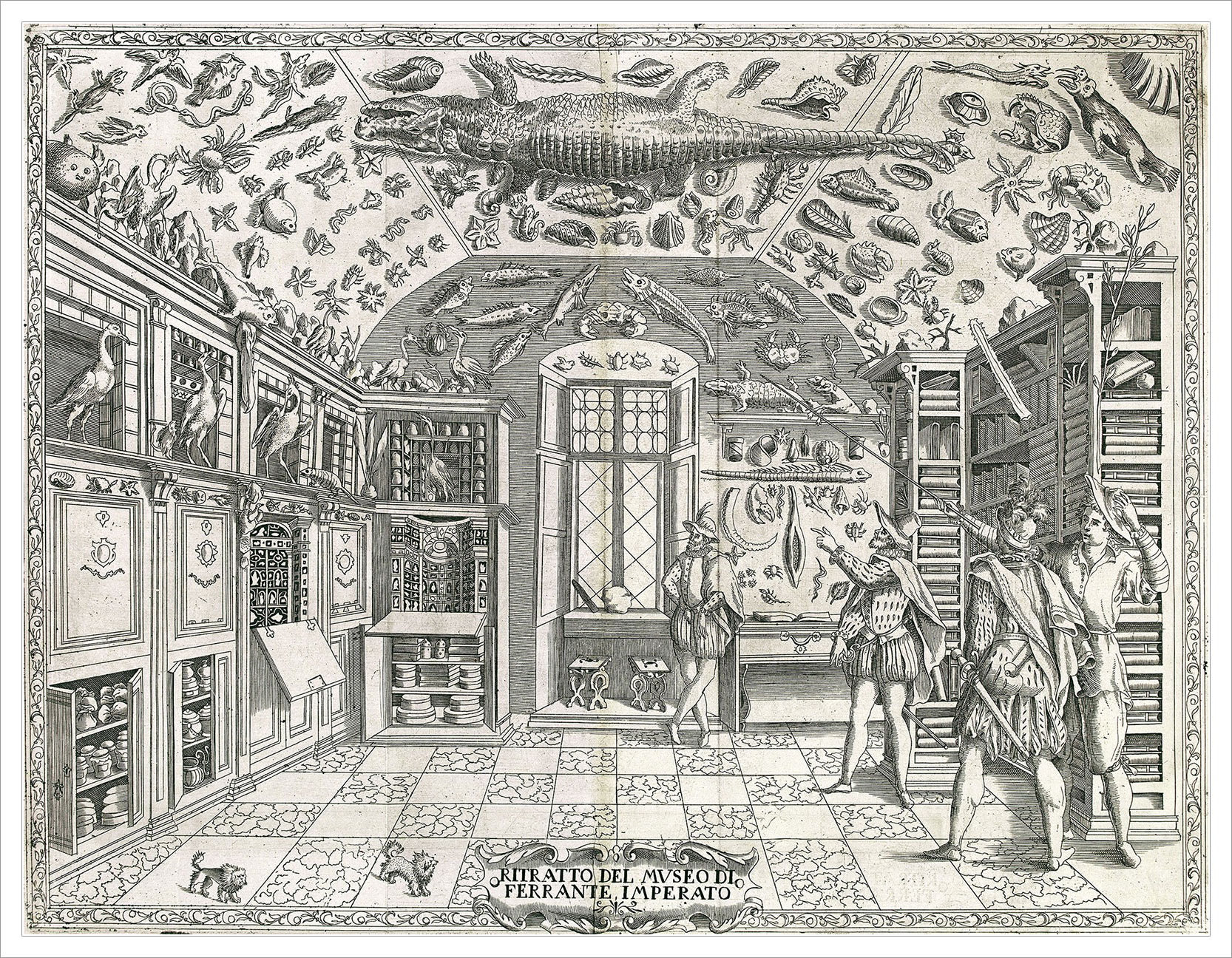Mistakes Happen (Sometimes Intentionally)
Nothing is perfect and we should embrace mistakes and imperfections.
Mistaken Mistakes
Persian carpets (aka Iranian carpets) come in a diversity of designs and sizes, but they frequently contain repeating symmetrical patterns. One alleged feature in handmade Persian carpets is a mistake in the design pattern (not in the construction) included intentionally. This “Persian flaw” serves as a reminder that only Allah is perfect. The flaw would be something small only noticed by the keenest of observers. It’s also been said that the Amish have a similar practice, that they include an intentional flaw (a “humility block”) in their quilts as a reminder that only God is perfect … but it isn’t true.
Lancaster curator Wendell Zercher has quoted Amish quilt makers as saying “… no one has to remind us that we’re not perfect.” As for Persian flaws, most accounts of this idea come from Western sources and is probably an example of orientalism. While both of these are nice stories that probably help to sell imperfect rugs & quilts, we have little to no evidence to support them. If anything, to intentionally make just one mistake out of humility would prove the opposite, bragging that you have the ability to make a perfect creation (but choose not to).
Actual “Mistakes”
There are however some cultures that really do include intentional imperfections in their work. Women in the Punjab region between India & Pakistan create Phulkari shawls of intricate designs. In these designs they sometimes include “mistakes” which are momentary changes in the overall design pattern. These changes are included to mark important events during the creation of the shawl (births, weddings, deaths, etc). Sometimes the symmetrical pattern is disrupted as spiritual protection from the evil eye.

Some Navajo also include imperfections in their weavings for spiritual reasons. The ch’ihónít’i (aka the “spirit line” or the “weaver’s path”) is a single line leading out of the middle of a design to the edge of the weaving. The spirit line is thought to give the weaver’s soul a way to exit the weaving so as to not get trapped in the design.
Embrace Imperfections
Of course if you accept that nothing is perfect then you have no need to add imperfections because everything is imperfect. The Japanese concept of wabi-sabi is the Zen view that everything is imperfect, impermanent, vulnerable. Unlike Western design ideas which frequently strive for idealized perfection, wabi-sabi celebrates the imperfections that make everything (and everyone) unique.

Building off of wabi-sabi, kintsugi is the practice of repairing broken pottery with bits of valuable metals & lacquer that, rather than trying to seamlessly hide the repaired cracks, highlights them. Kintsugi honors the history of the object and celebrates its imperfections. Nothing lasts forever and we should recognize the beauty of imperfect vessels.
Ugly Fruits & Vegetables
In the West this embrace of the imperfect has recently manifested itself in ugly fruits & vegetables. Imperfect looking produce has traditionally gone unsold and makes up 40% of total food waste. Producers throw away food because they don’t think retailers will want it (it doesn’t meet “quality standards”) and then retail stores throw away the unsold odd looking food that customers won’t buy. This is all despite the fact that the taste and nutritional content of this “ugly” food may be identical to “normal” looking produce.
The European Union declared 2014 the European Year Against Food Waste. The French supermarket chain Intermarché began their “Inglorious Fruits and Vegetables” marketing campaign that celebrated ugly looking produce, they gave the foods their own section in the store, and sold them at a discount. It proved so successful that other stores & delivery services, such as Imperfect Foods, started to do likewise as consumers began to accept the wabi-wabi nature of produce.








